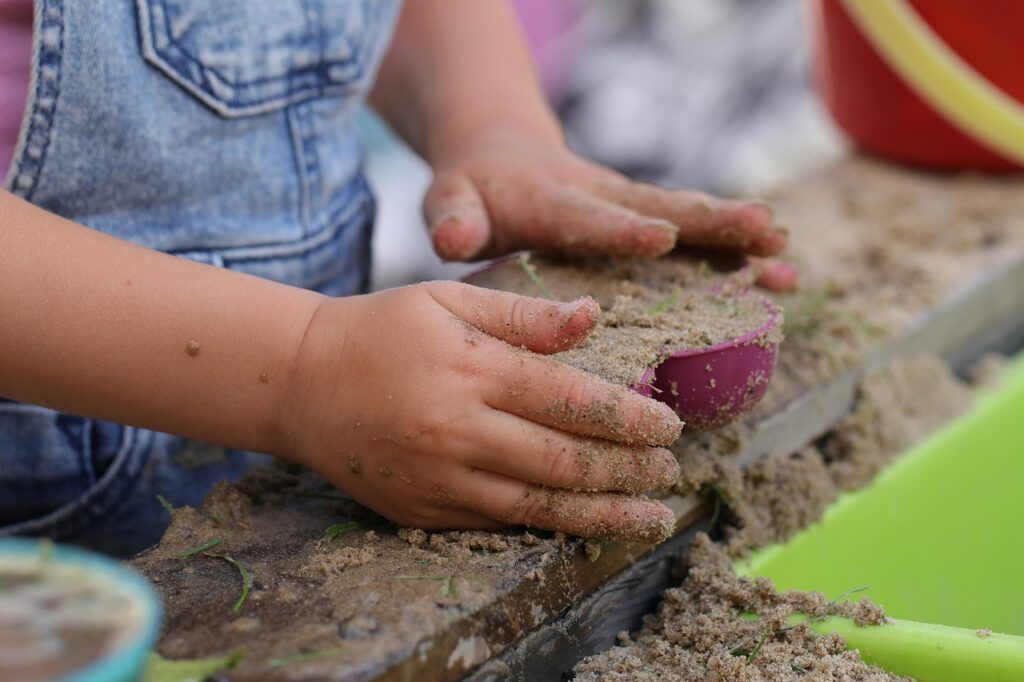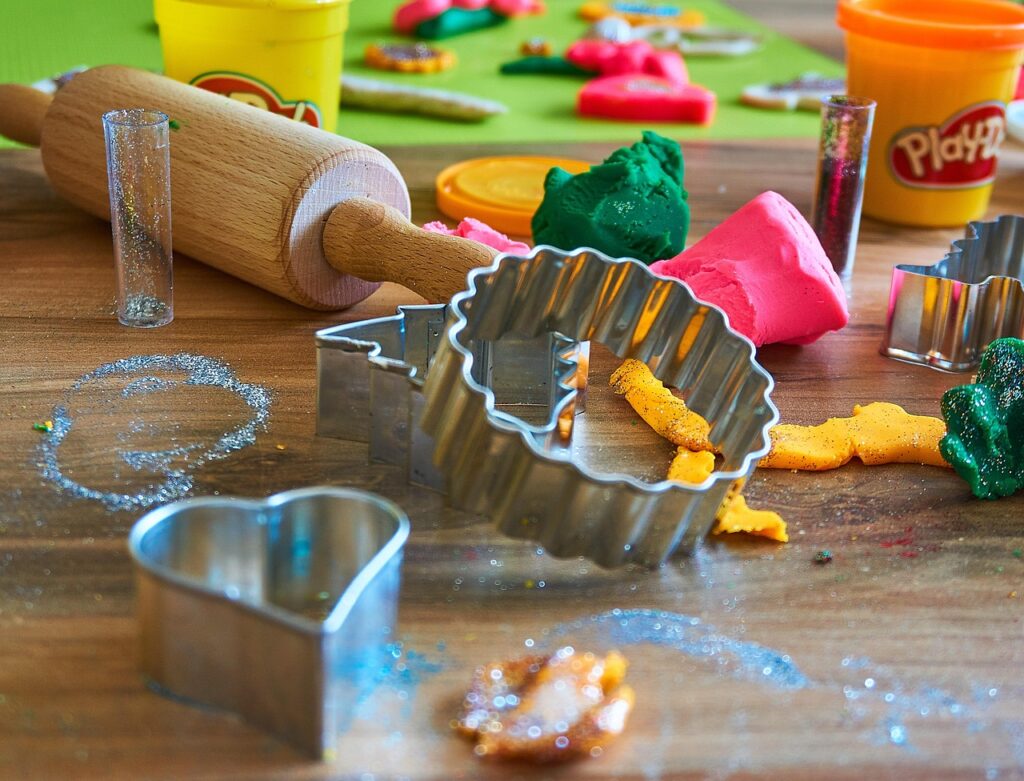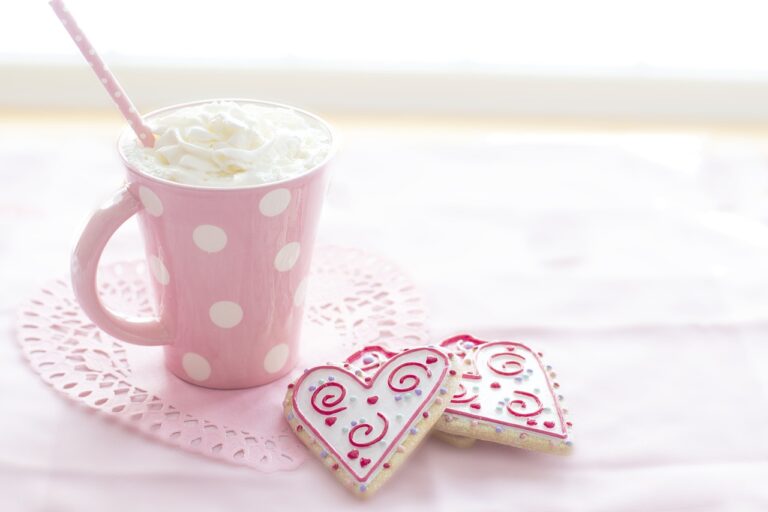Sensory Activities for Toddlers & Preschoolers (And Even Older Kids Too!)

This post contains affiliate links, meaning that I’ll earn a small commission (at no extra cost to you) if you make a purchase using these links. As an Amazon Associate I earn from qualifying purchases. See my disclosure page to learn more.
If you’ve ever watched your child scoop sand, splash in the water, or squish playdough between their fingers, then you’ve seen sensory play in action! Sensory activities for toddlers and preschoolers (and even older kids) are a great way to help kids learn and explore the world around them. Plus, it’s also lots of fun!
So whether you’re a homeschooling mom, teaching in a classroom, or are just looking for some fresh ideas, here are a bunch of easy sensory activities that you can try with your toddler or preschooler, including ideas for both indoor and outdoor fun!
Indoor Sensory Activities for Toddlers & Preschoolers
When the weather outside isn’t great, or you just need something to keep the little ones busy, indoor sensory play can be a sanity saver! Here are some ideas for what you can do inside with your kiddos:
- Dry sensory bins: Fill a bin (or a sand and water table) with sand, rice (plain or colored), shredded paper, beads, birdseed, pasta, pom-poms or kinetic sand. Add some cups, spoons, or toy animals for extra fun pretend play! And for even more ideas on what to fill your bin or table with, see the helpful list below!
- Playdough fun: Whether store-bought or homemade, kids love to roll, cut, squish, and create with playdough! You can even add cookie cutters, a rolling pin set, stampers, extruders, or fun accessories to make silly faces.
- Sensory bottles: Fill clear plastic bottles with water, glitter, oil, beads, or small toys. Toddlers love to shake and watch (just be sure the cover is on tight or even glued on!).
- Simple water play: Fill a shallow container with warm water, add measuring cups, pipettes/droppers, strainers, funnels, or plastic animals or toys, and let your toddler scoop, pour and play! And for some extra bubbly fun, add some dish soap to the water along with plastic play dishes and wash clothes or sponges. Or add water safe baby dolls, cars, trucks or animals and have fun washing them!
- Light table fun: Using light in sensory play adds a fun twist to translucent blocks, bingo chips, or other manipulatives. It can also double as a drawing or tracing pad for another creative use, so it’s a great multipurpose item!
- Premade themed sensory bins: These cool themed sensory bins come complete with everything you need for fun, including the bin itself! And they have so many neat themes to pick from, so your kiddo is sure to find one they love! Pick from things like ice cream, outer space, ocean, construction, dinosaurs, and the beach.
💡 Mom Tip: Use A Waterproof Floor Mat
When doing messy or wet sensory activities indoors, this waterproof floor mat is a life saver! Just place it under your sensory bins, trays, or sand and water table to help contain those messes.
💡 Mom Tip: Use a Tabletop Sized Playdough Mat or Tray for minimizing messes:
These flexible mats go on your table and help keep playdough and other messes at bay, making cleanup easier, and as a bonus, they even roll up for storage! Or you can also try putting messy play activities on these handy, stackable trays.

Outdoor Sensory Activities
Sensory activities are great for indoors, but they can also be taken outside for even more exploring and fun. Plus, cleanup is easier outdoors, so that’s always a bonus! Here are some ways you can incorporate sensory activities into your child’s outdoor play:
- Mud kitchens: Toddlers and preschoolers love scooping dirt, adding water, and “cooking up” all kinds of muddy creations! For more ideas on what to add and how to make your own mud kitchen, check out this post from Our Days Outside.
- Sand play: Whether in a sandbox or in a sand table or bin, you can add shovels, buckets, sifters, trucks, toy animals, or different shaped molds.
- Nature exploration: Go on a leaf hunt, smell flowers, collect nature items, or do a fun nature scavenger hunt.
- Chalk art: Drawing with sidewalk chalk helps with grip and creativity, and you can even get the chalk wet for a whole different drawing experience.
- Bubbles: Chasing, popping, or even making your own bubbles is always a simple, but exciting sensory activity.
💡 Mom Tip: Bubble Machine
This makes thousands of bubbles per minute and is easy to use, and saves you from having to blow all those bubbles yourself!
💡 Mom Tip: Kid-Sized Gardening Set
Encourages kids to do real gardening work with you, or use just for play with tools like handheld rakes and trowels, bigger rakes and shovels (but still child sized!), and even a kid sized wheelbarrow…all made for small hands.

List of Sensory Materials
To give you even more ideas of how you can incorporate sensory activities into your child’s play, here’s a list of what you can fill your table or bin with, as well as tools you can add to keep sensory play fun and fresh:
Sensory Bin Fillers
(Many of these ideas involve small pieces, so not everything will be safe for children who still put things in their mouths)
- Rice, beans, lentils, pasta, dried chickpeas, oats, cereal
- Birdseed, popcorn kernels, dried corn
- Playground sand, Pluffle, Kinetic sand (one of my kids favorites!), Slimy Sand
- Water beads (supervised), shredded paper, pom-poms, cotton balls, feathers, fake gems, clear glass pebbles
- Buttons, beads, felt scraps, seashells, pinecones, acorns, sea glass, rocks, loose parts
- Seasonal fillers (Easter grass, fake snow, plastic eggs, fake leaves, mini pumpkins, etc)
Sand & Water Table Play
- Play sand, foam soap, soapy water, colored water, mud, Kinetic sand, colored fizzing tablets, ice cubes, snow or shaved ice (wear mittens for even more silly, cold sensory fun!)
- Toy boats, ducks, fish, pool noodles cut into small rings, foam letters and numbers, bathtub toys, plastic animals, magnetic fishing toys, suction cup toys
- Seashells, rocks, mud, diggers, shovels, buckets, funnels
- Plastic water safe baby dolls, cars, trucks, and animals to use with soapy water
Light Table Play
- Using a light table or panel in your child’s play adds a whole new level of fun! This table top light table is a great choice, as is this circular light panel
- Transparent counters, acrylic gems, bingo chips (these ones are magnetic as well and come with a wand for extra fun!), translucent blocks, magnetic building blocks, 3D blocks, linking math cubes
- Color paddles, window clings, colored cellophane sheets, pieces of tissue paper
- Plastic letters and numbers, clear cups, glow-in-the-dark stars, translucent pebbles, sea glass
- X-Ray pictures are not only fun, but educational as well and come in a variety of themes such as wild animals, ocean animals, insects, the human body, and even an animal matching game.
Tools and Accessories
- Scoops, spoons, funnels, pitchers, bowls, cups, pipettes/droppers, sifter, strainer/colander
- Fun tools like sand molds, twisty droppers, sifters, cool scoopers, and accessories to make silly faces
- Muffin cups, sorting trays, ice cube trays, ladles, funnels, kitchen utensils, whisk, egg beaters (great for using with soap and water to make lots of fun bubbles!)
- Tongs, tweezers, spray bottles, sponges
- Cookie cutters, rolling pins, toy trucks, dough extruders, figurines, cutting tools, plastic animals (Safari TOOB animals and figurines are a favorite in our house!)
Sand & Water Table and Bin Options
- A classic sand and water table (like the one pictured below) will keep your kids busy for hours… it sure did for mine! Plus, it can be used year round both indoors or outdoors, and filled with all types of sensory materials, not just sand and water. This is definitely a great purchase if you have the space for it.
- Another great sand/water table option is this one that has one larger space for play instead of sections.
- This wooden Montessori style tray (with fun tools!) is shallow, making it perfect for younger kids.
- For a sensory bin option with a lid and removable dividers, this circle one by Inspire My Play is great (as are all of their sand and water play accessories, which can be used with either their sensory bin or with whatever you already have at home).
- If you’re looking for a sensory table that can also be used as a regular table, then this convertible play table may be just what you need!
- If you’re short on space, or don’t want a whole table just for sensory play, these stackable bins with lids are a great alternative. Plus, they are clear, which is always nice if you want to use them for other things.

Safety Tips for Sensory Play
While sensory play is safe, fun and beneficial, there are some things to keep in mind when it comes to safety. Here are a few tips to keep things worry-free:
- Always supervise toddlers, especially with small items (to prevent choking).
- Choose age-appropriate fillers (use Cheerios, cooked pasta, or oats for younger toddlers who still put items in their mouth).
- Keep messy play on a mat or outside to avoid potentially slippery floors (and for easier cleanup!)
- Wash hands before and after play.
- Keep bins/table, materials, and tools clean and change out what you put in the bins often.
Keeping Sensory Bins Clean
One very common question parents often ask is, “How do I keep these sensory bins from getting gross?!” Not to worry, here are some ways you can keep sensory play fun and clean!
- Store bins with lids to keep dust and bugs away.
- Dry fillers completely before storing (especially rice or beans).
- Replace fillers every few weeks or sooner if they start to look dirty.
- Wash toys and tools with warm soapy water regularly.
- For water play, empty and refill with fresh water each time.
- Wash out bins (or the sand/water table) often with warm soapy water and let dry well before adding new fillers or materials.
Sensory activities for toddlers and preschoolers don’t have to be complicated or expensive. With a simple bin, a few tools, and materials you likely already have at home, you can create hours of fun, engaging play that helps support your child’s development.
And if you want to add a seasonal twist, here’s a list of holidays that you can celebrate all year long…and maybe even incorporate into your sensory play! With a little planning and a few materials, sensory activities are sure to be one of the best parts of your child’s day!










